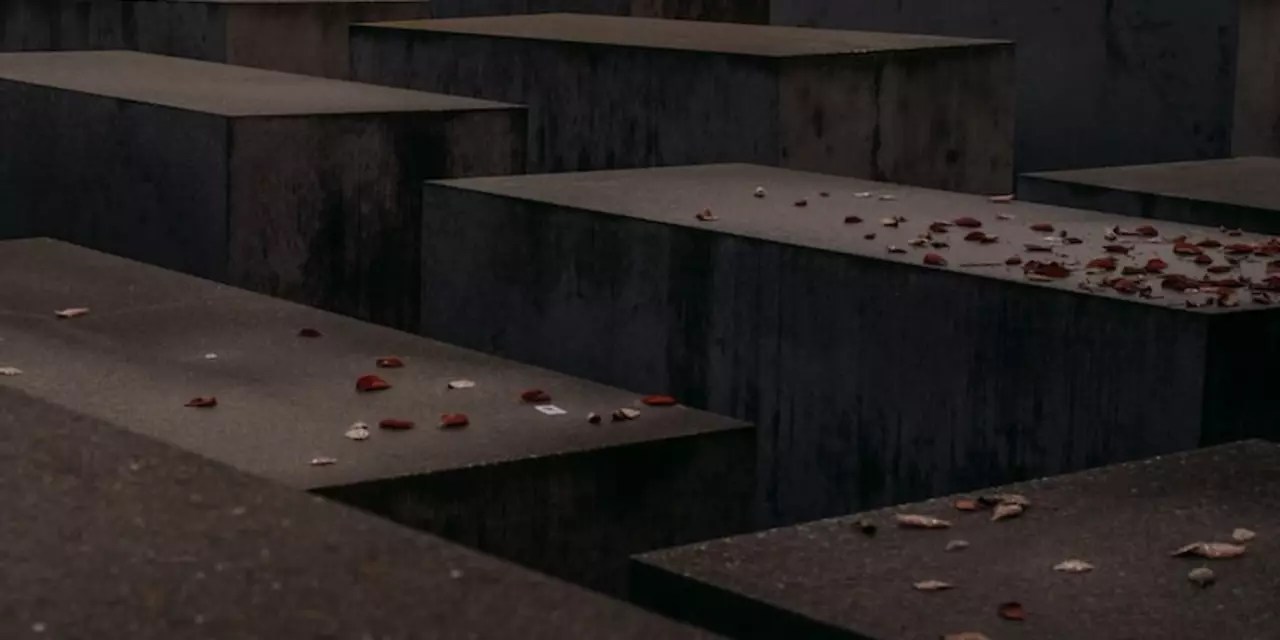
Exploring the Differences between FIBA and NBA Rules: Examining the Lack of a Defensive 3 Second Violation
The rules of basketball vary slightly between FIBA and the NBA, and one key difference lies in the three-second rule. The NBA enforces a defensive three-second violation, while there is no such violation in FIBA. This rule exists to prevent a defensive player from standing in the lane for too long and blocking the offensive team’s chances of making a successful shot. The reason why FIBA does not have this rule can be traced to differences in the two leagues’ philosophies and the types of play they encourage.The NBA is all about entertainment. With high-flying dunks, 3-point shots, and fast-paced play, the NBA is a spectacle for fans to watch. The defensive three-second rule helps encourage these exciting plays by preventing defenders from standing in the lane for too long and taking away the offensive team’s chances of making a successful shot. This helps keep the game fast-paced and creates more opportunities for highlight-reel plays.
FIBA, on the other hand, has a more traditional approach to basketball. The emphasis is on fundamentals, teamwork, and strategy. As such, FIBA does not have a defensive three-second violation because it wants to promote a slower, more strategic game. FIBA also believes that the defensive three-second violation can disrupt the flow of the game and take away from the beauty of basketball.
Ultimately, the lack of a defensive three-second violation in FIBA is a reflection of the differences between the two leagues. The NBA is all about entertainment and fast-paced play, while FIBA is focused on the fundamentals and strategy of the game. No matter which league you prefer, it’s important to understand the differences between the two and appreciate the unique rules and regulations of each.
Understanding the Impact of the Absence of a Defensive 3 Second Violation in FIBA
One of the major differences between the NBA and FIBA is the lack of a defensive 3 second violation in the latter. A defensive 3 second violation occurs when a defensive player stands in the paint for more than three seconds without actively guarding an offensive player. This rule is intended to prevent teams from setting up zone defenses and stifling offensive movement.The impact of this absence in FIBA is that teams are able to set up more effective zone defenses, leading to slower-paced, less dynamic games. Teams may also be incentivized to employ a more passive style of play, as they can pack the paint and use their defense to protect the basket without fear of a defensive 3 second violation.
In addition, the absence of the defensive 3 second violation means that teams are less likely to utilize the pick-and-roll, as they know they can effectively shut down the offense by clogging the paint. This can lead to a lack of creativity and imagination on offense, as teams are often discouraged from taking risks.
Overall, the lack of a defensive 3 second violation in FIBA has a major impact on the game, as it encourages teams to set up more passive defenses and limits the potential for dynamic, creative offense. While this rule may not be for everyone, it does allow for a unique style of play that can be fun to watch.
Breaking Down the Pros and Cons of a Defensive 3 Second Violation in FIBA and NBA
The NBA and FIBA have different rules when it comes to the defensive three second violation. In the NBA, a defensive team is not allowed to stay in the key for more than three seconds at a time without actively guarding an offensive player. This rule is meant to help prevent teams from packing the paint and clogging up the lane.In FIBA, however, there is no rule against a defensive team staying in the key for more than three seconds. This has led to some teams taking advantage of it by packing the paint and clogging up the lane.
For those who think that having a defensive three second violation in FIBA would be beneficial, the biggest pro is that it would lead to more open lanes for offensive players. This would make the game more exciting and open up more opportunities for scoring.
On the flip side, some argue that having a defensive three second violation would lead to more stoppages in the game. This could make the game slower and less enjoyable to watch.
Ultimately, it comes down to personal preference. Some argue that having a defensive three second violation in FIBA would be beneficial, while others feel that it would be too restrictive and lead to too many stoppages. Ultimately, it’s up to the governing bodies of each league to decide if it’s something they want to implement or not.

Write a comment